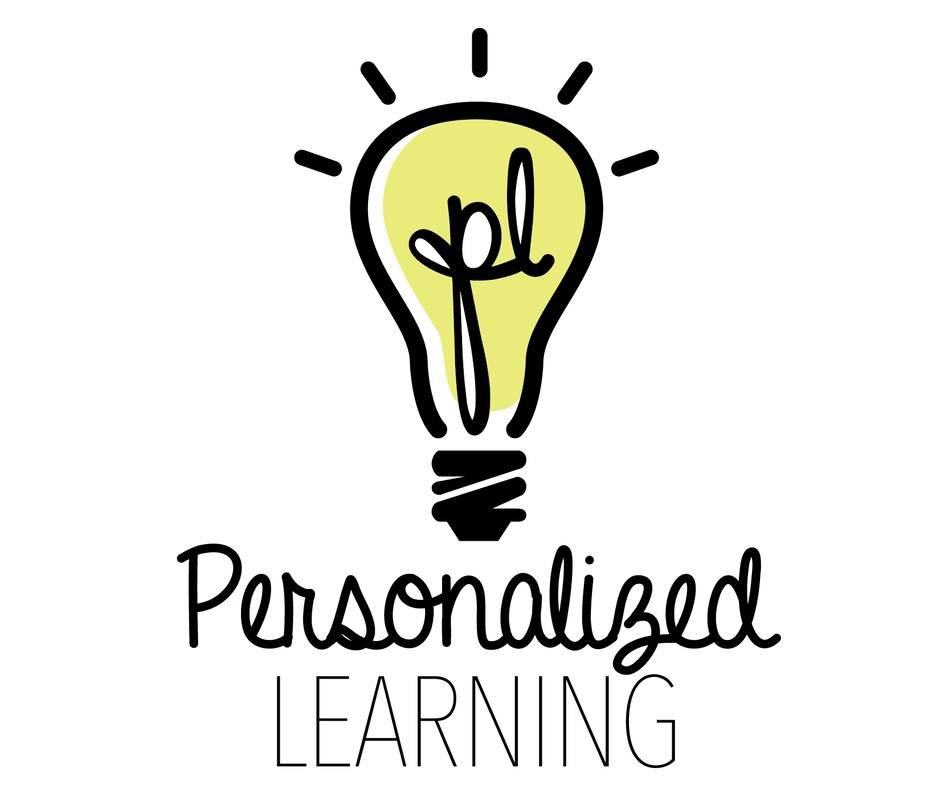Equity
Phase 2
"Look-Fors" During Observation
Remember: The most helpful part of the observation is not checking off items, but the conversations and reflections that happen after the visit.
Remember: The most helpful part of the observation is not checking off items, but the conversations and reflections that happen after the visit.
|
Beginning/ Developing
|
Practicing/ Achieving
|
Questions to Guide Observation
- Does the lesson use students’ real-life experiences to connect school learning to students’ lives?
- How are the racial, ethnic, and cultural backgrounds represented in the classroom and in student output?
Resources
- Closing the Gap: Creating Equity in the Classroom: This report from Hanover Research highlights classroom strategies, tips, and approaches to close the equity gap.
- Critical Practices for Anti-bias Education, a resource by Perspectives for a Diverse America and Teaching Tolerance, is full of anti-bias strategies and practices in the following areas: Instruction, Classroom Culture, Family and Community Engagement, and Teacher Leadership.
- 5 ways to Build an Asset-based Mindset in Educational Partnerships from EducationWeek, by Jennifer D. Klein, highlights the importance of building on the strengths of students to create cultures of equity.
- How to Be a Global Thinker from ASCD, by Veronica Boix-Mansillashares strategies for increasing cultural competence in all students.
| Diversity in Design, Coaching Tool | |
| File Size: | 123 kb |
| File Type: | docx |
| Diversity in Design, Coaching Tool | |
| File Size: | 197 kb |
| File Type: | |

